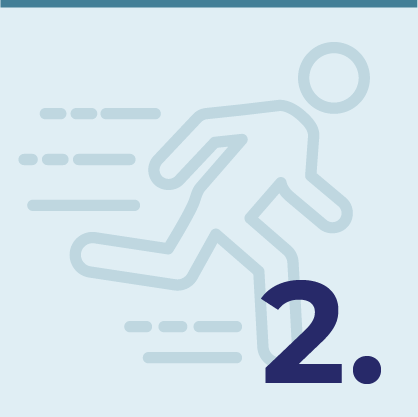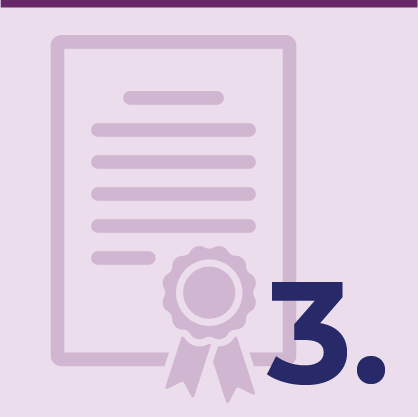Typically, your resume is the first impression you make on potential employers. Whether you're just starting out in your career or a seasoned professional, a thoughtfully crafted resume can play an essential role in securing your next dream job. As a recruiter, I see many each week and have identified a few key details that make the best stand out. Here are seven tips for creating an easy-to-read resume that tells a compelling story and best represents you as a professional.

 Begin with a strong summary.
Begin with a strong summary.
Your resume should start with a concise and impactful statement that highlights your key skills and why you’re an ideal fit for the role. Often, we see candidates use this prime real estate to express what they are looking for in their next position; however, this is your opportunity to capture the recruiter’s or hiring manager’s attention and keep them reading. Sell yourself and the value you bring to the table.
 Use action verbs.
Use action verbs.
When describing your work experiences, start your bullets with action verbs to best convey your impact. "Championed," "achieved" and "implemented" are just a few to help make your accomplishments come alive. Additionally, make sure your bullets are consistent with one another in tense and structure to read most clearly and demonstrate your attention to detail.
 Include relevant certifications and education.
Include relevant certifications and education.
Highlight your educational background, certifications and relevant coursework. If you're a recent graduate or making a career change, this section can be especially important to help complement and bolster your other experiences. Make advanced degrees and/or well-known industry designations stand out by also adding your credentials after your name (for instance, MBA, CRM, CPCU, FCAS, Ph.D., etc.)
 Focus on results.
Focus on results.
While it can be easy to begin listing job duties and responsibilities on a resume, focus on emphasizing the results and outcomes of your work to show how you made a positive impact or had influence in your previous roles. Using numbers quantifies these accomplishments and adds weight to your triumphs. For example, "Increased sales by 30% in six months," paints a vivid picture of your contributions and is much more meaningful than "Improved sales." When appropriate, make sure you are being as specific as possible to illustrate the size and relevance of your achievements.
 Tailor your resume for each job.
Tailor your resume for each job.
Customize your resume to be relevant for each specific job you're applying for. This includes adjusting your summary statement, highlighting your most relevant skills and experiences in the context of the role, and determining how you can best convey your fit. When applicable, use industry-specific language and include relevant keywords from the job posting.
 Thoughtfully organize your content.
Thoughtfully organize your content.
When possible, aim to keep your resume around one to two pages and make it easy to skim. Recruiters often spend only a few seconds reviewing each resume, so the more reader-friendly, the better. We recommend black text, consistent fonts and limited variation in text sizes. Bolded headings, bullet points and white space can all make your resume easier to digest. Don’t forget to include your contact information (at least email, phone number, city and state), and a clickable link to your LinkedIn profile.
 Proofread and edit.
Proofread and edit.
Typos and grammatical errors can cast a shadow over an otherwise impeccable resume. Thoroughly proofread your resume and consider asking trusted friends or mentors for additional feedback. You may also consider using AI-powered tools like Grammarly or others to help catch any potential errors. Once it’s polished and ready to go, save it as a PDF to ensure it’s easy to open and will maintain its formatting across various devices and software.
By applying these seven tips, you'll create a resume that best reflects your qualifications, tells your unique story and provides the right information for recruiters and hiring managers. For more ways to be proactive in your career, check out our post on being intentional with your professional development.
Good luck!